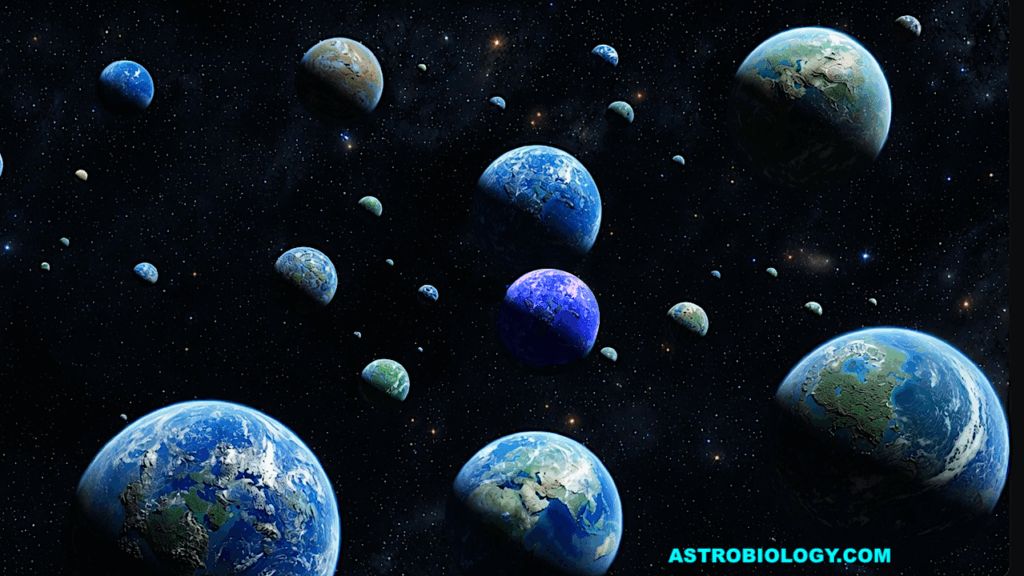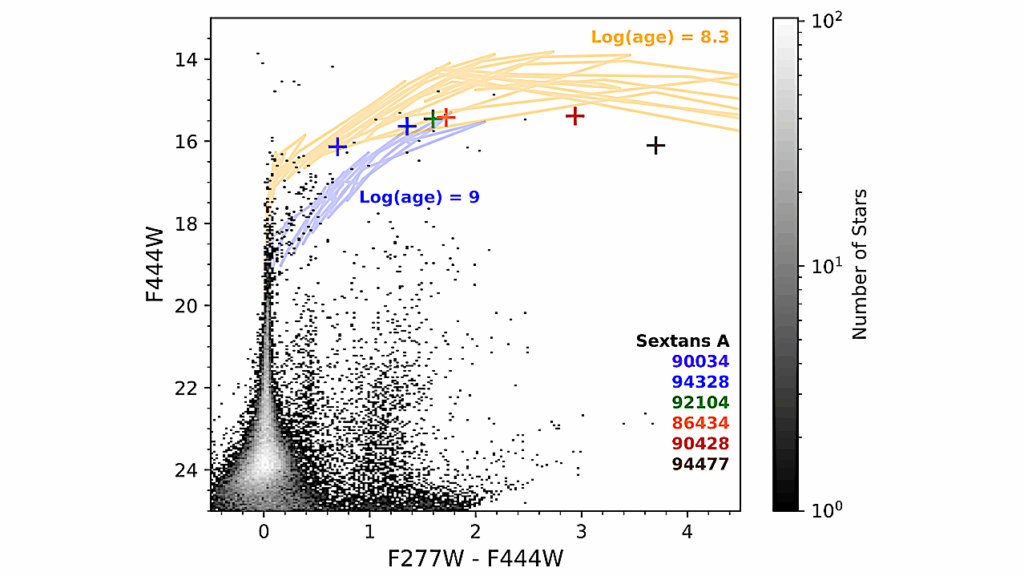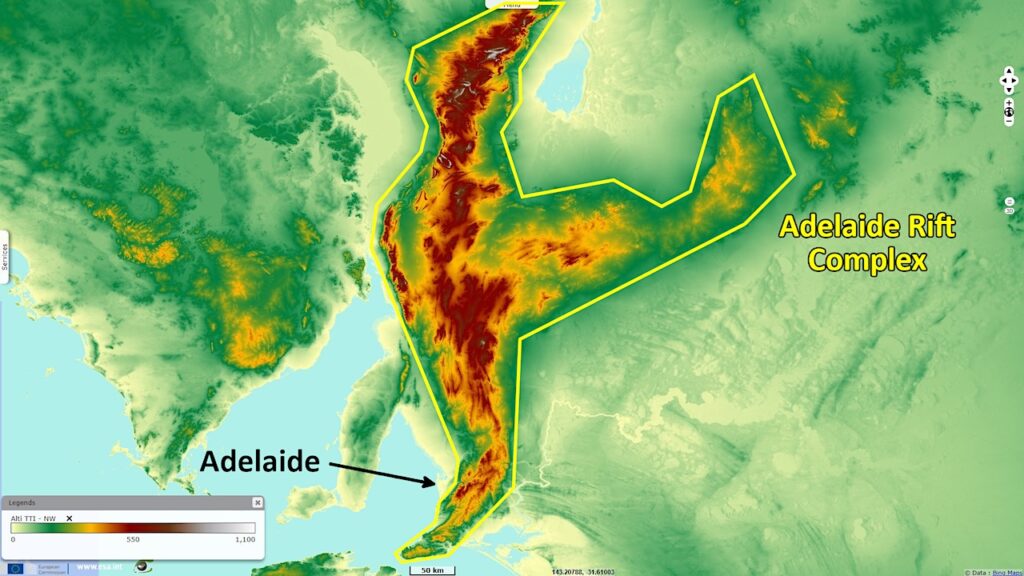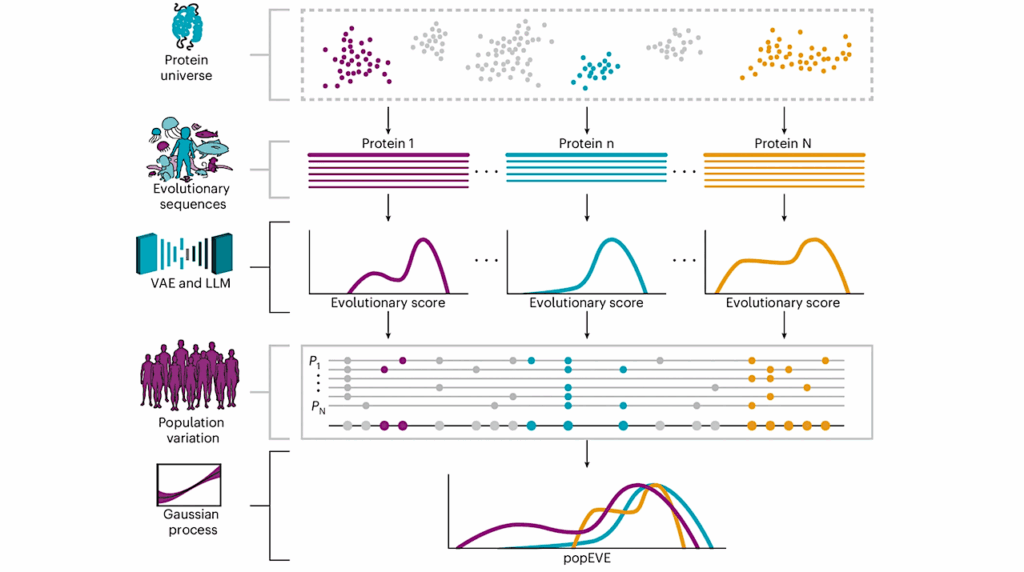Reliable Method For Detecting Extraterrestrial Life Is Used On Earth For The First Time

Dutch scientists have developed an instrument capable of detecting the presence of living plants kilometres away.
In future, the technique could be used in the search for extraterrestrial life. The biologist Lucas Patty will be announcing these results to the world when he defends his PhD at Vrije Universiteit Amsterdam on 18 February 2019.
Patty then took the instrument onto the roof of VU Amsterdam’s O2 building. He started by directing it towards FC Buitenveldert’s football pitches, but to his surprise there was no signal: “I went over to investigate, and it turned out that the team play on artificial grass!” Patty then turned his instrument towards trees, both on the VU campus and in the more distant Amsterdamse Bos, and these gave very clear signals.
TreePol makes use of the fact that the molecules from which living organisms are built rotate light when they reflect it. This ‘circularly polarized light’ travels with a kind of spiral pattern which the right equipment can detect from a great distance. TreePol was specifically designed to detect the circularly polarized light reflected from foliage, but almost all molecules that make up living organisms reflect light in this way.
Scientists are now investigating whether TreePol could be used to monitor agricultural crops from an aircraft or a satellite. In future, they hope to be able to use the instrument at even greater distances. Astronomer and co-developer Frans Snik of Leiden University reveals “We are also working on a version that could be employed on the international space station or on a moon lander.”
The research project is part of NWO’s PEPSci programme for Planetary and Exoplanetary Science, which brings together biologists, astronomers, chemists and geologists. Astrobiologist Inge Loes ten Kate of Utrecht University was another contributor to Lucas Patty’s research work. “This result shows the value of collaborations between scientists who work in very different fields,” she observes. “We are now going to pursue this line of research in the Origins Center, as part of the Dutch National Research Agenda.”
Over the last two decades, astronomers have discovered almost four thousand ‘exoplanets’, planets that orbit stars other than our own sun. To find out whether any life forms exist on these planets, researchers must first identify the characteristics that are unique to life itself. Astrobiologists have often focused on the presence of water, oxygen and carbon, but these molecules and atoms do not always indicate the presence of life and therefore involve the risk of a ‘false positive’. For the circularly polarized light that TreePol detects, however, no such false positive is known – so if TreePol were to detect an extraterrestrial signal in the future, this would very probably be an indication of life.








